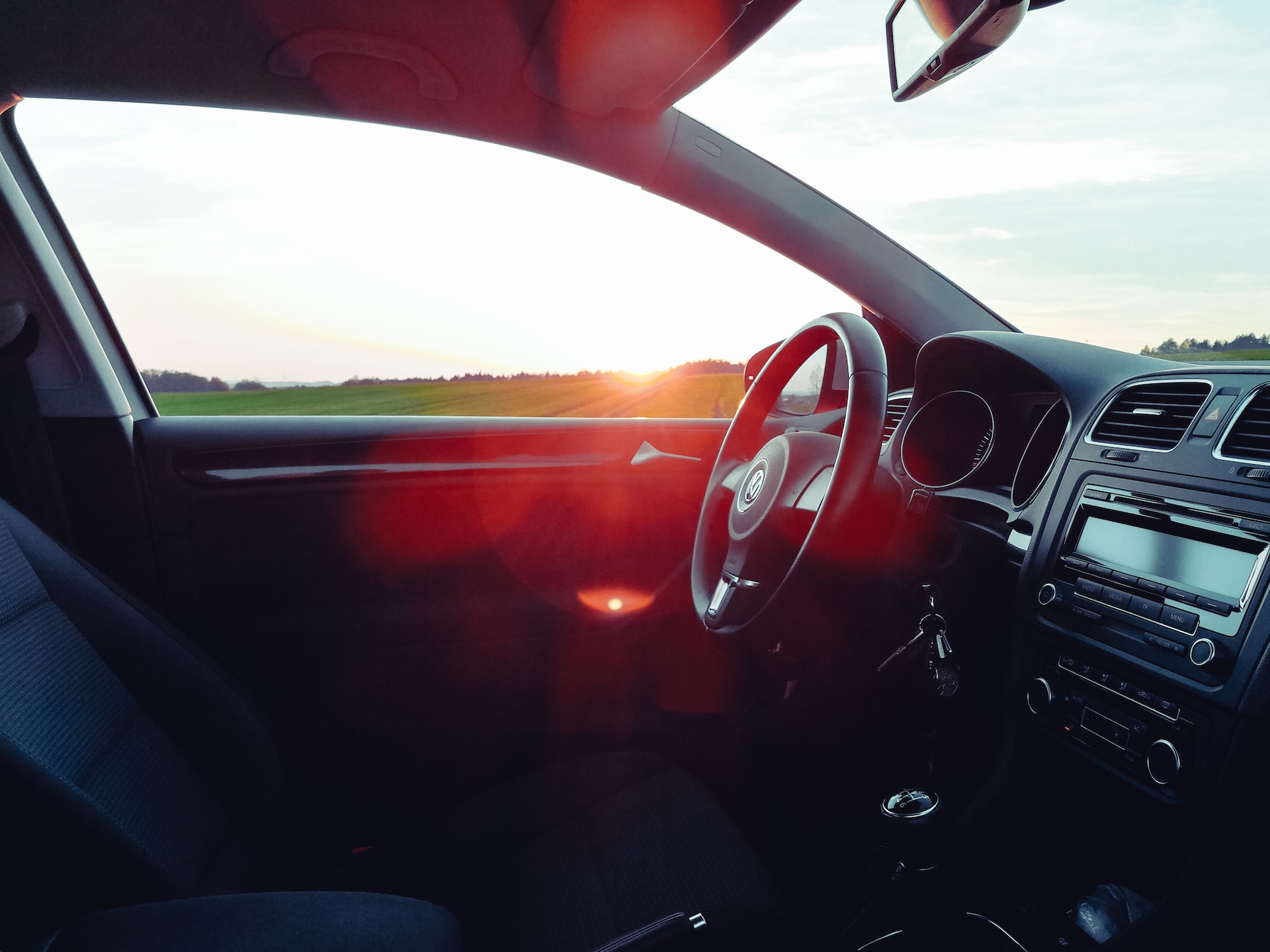How Advanced Technologies are Shaping the Future of Auto Glass Industry
Automotive glass, a fundamental component of vehicles, has undergone a significant evolution with the advent of advanced technologies.
In the quest to create safer, more efficient, and eco-friendly vehicles, manufacturers and industry players are now leveraging cutting-edge advancements to revolutionize the auto glass industry.
Here’s an exploration of how these emerging technologies are influencing and reshaping the future of this industry.
The Advent of Smart Glass
Smart glass, also known as switchable glass or electrochromic glass, has made a significant impact on the auto glass industry.
This technology allows drivers to adjust the opacity of their vehicle’s glass at the touch of a button. By doing so, they can manage glare, control the temperature inside the car, and enhance privacy.
While the technology has been around for some time, recent developments have made it more practical and affordable.
Companies are also exploring the integration of smart glass with connected vehicle systems and advanced driver-assistance systems (ADAS) to deliver a safer, more comfortable driving experience.
Impact on Aesthetic Appeal
In recent years, vehicle design has taken the forefront in appealing to consumers’ tastes. With the adoption of advanced technologies, auto glass is playing an integral role in enhancing a vehicle’s aesthetic appeal.
Car manufacturers are increasingly experimenting with the shapes and sizes of windshields and windows to create more sleek and aerodynamic models.
Furthermore, colored, textured, and shaped glass, once considered exclusive to luxury vehicles, is now making its way into the mainstream market.
The Role of Gorilla Glass in the Automotive Industry
Popularly known for its application in smartphones, Gorilla Glass has found its way into the automotive industry.
Manufactured by Corning, Gorilla Glass is significantly lighter and stronger than traditional automotive glass. As such, the benefits include reduced weight, increased fuel efficiency, enhanced safety, and improved optical clarity.
The Evolution of Manufacturing Processes
Advanced technologies are not just changing the auto glass produced but also transforming the manufacturing processes.
Automation and digitalization are becoming increasingly prevalent in auto glass manufacturing, leading to higher precision, increased production rates, and enhanced quality control.
For example, technologies like 3D printing are enabling the production of custom-shaped auto glass, allowing manufacturers to meet the diverse needs of modern vehicles.
Integration with Advanced Driver-Assistance Systems (ADAS)
As vehicles become increasingly autonomous, the importance of the windshield as more than just a barrier against the elements is growing.
Windshields are now functioning as a critical component of ADAS. They host a variety of sensors and cameras that aid with features such as automatic emergency braking, lane-keeping assist, and adaptive cruise control.
The precise calibration required for these systems requires high-quality auto glass and professional installation and repair services. Incorrect installation can cause malfunctions in these systems, underlining the importance of specialized auto glass services.
Innovative Repair and Replacement Techniques
As the technology within auto glass becomes more complex, the processes for repair and replacement have also had to evolve.
Techniques that worked on traditional windshields may no longer be applicable to high-tech, sensor-laden versions. As such, the auto glass industry has had to develop innovative solutions for repair and replacement, ensuring minimal disruption to embedded technologies.
Moreover, professionals in the industry now require more specialized training to handle the complex array of new auto glass technologies.
Augmented Reality (AR) in Windshields
Augmented reality is set to transform windshields into more than just windows to the outside world.
AR can project useful information onto the windshield, providing real-time updates about navigation, traffic, weather conditions, and more without the need for drivers to take their eyes off the road.
However, such innovations require the use of high-tech glass capable of supporting the necessary digital displays without interfering with the driver’s view. The development of such technologies indicates the essential role of auto glass in the vehicles of the future.
The Role of Nanotechnology in Auto Glass
Nanotechnology has emerged as a powerful tool in the advancement of auto glass.
Nano-coatings applied to auto glass can offer a multitude of benefits, including self-cleaning properties, better visibility in adverse weather conditions, and enhanced resistance to scratches and impacts.
This field represents an exciting area of growth in the auto glass industry, providing new ways to enhance safety, visibility, and durability.
Lightweight and Acoustic Auto Glass
As fuel efficiency becomes increasingly important, manufacturers are looking for ways to reduce vehicle weight. One of the methods employed is using lightweight materials for auto glass.
Moreover, acoustic glass is growing in popularity. This type of glass features a special layer that reduces the level of noise entering the cabin, providing a quieter, more comfortable ride.
Acoustic glass is also tougher than regular glass, enhancing vehicle safety.
Embracing Sustainability
The auto glass industry is not immune to the global push for sustainability. Many manufacturers are now prioritizing the use of recyclable materials in their products.
In addition, several companies are investing in technologies to improve the recycling of auto glass, which is notoriously difficult due to the laminated structure.
The Push for Energy-Efficient Auto Glass
Beyond just the use of recyclable materials, the auto glass industry is looking at ways to make the glass itself more energy-efficient.
For example, solar control glass is a technology that blocks ultraviolet and infrared rays, keeping the vehicle’s interior cool and reducing the load on the car’s air conditioning system.
This technology not only improves passenger comfort but also contributes to overall vehicle energy efficiency and carbon footprint reduction.
Conclusion
The auto glass industry is evolving rapidly, influenced by a combination of safety needs, environmental considerations, and the broader shift towards connected and autonomous vehicles.
These innovations are paving the way for the next generation of vehicles that are safer, more efficient, and more comfortable.
As we continue to drive into the future, we can expect the auto glass industry to keep pace, continuously innovating and adopting advanced technologies to meet the changing needs of consumers and the automotive sector at large.

